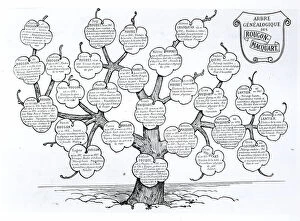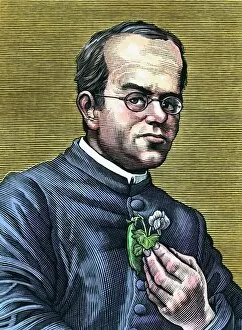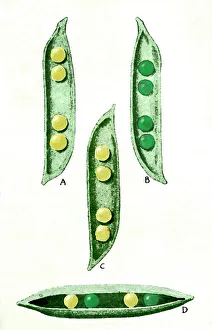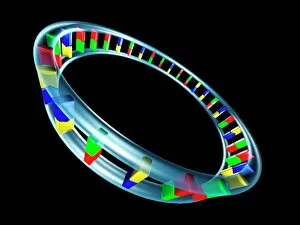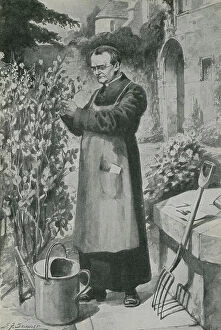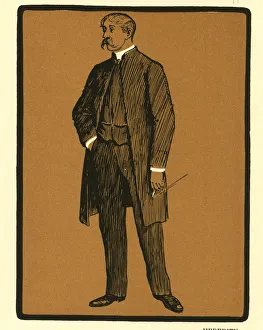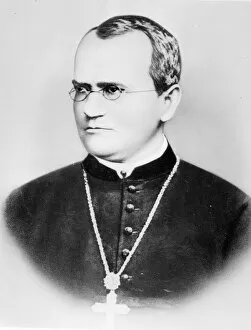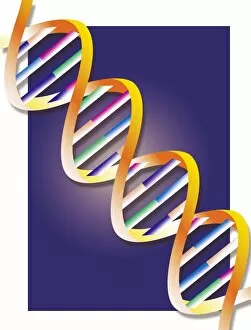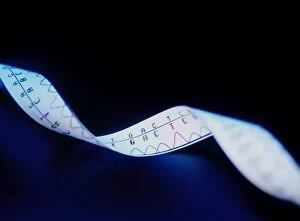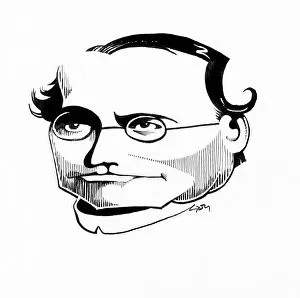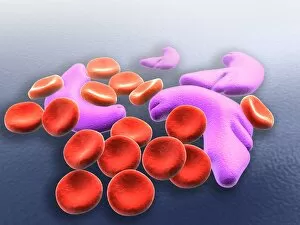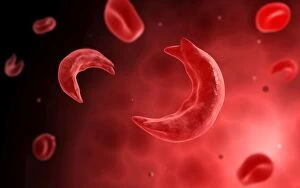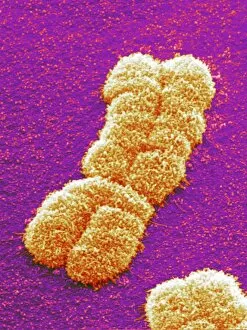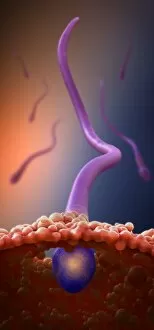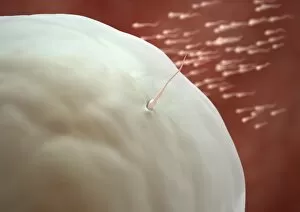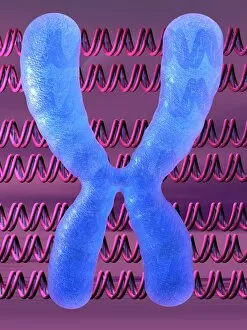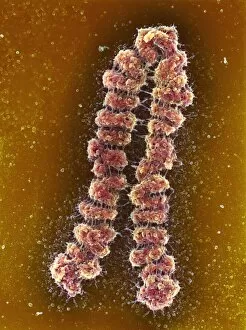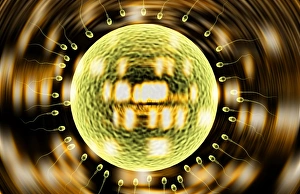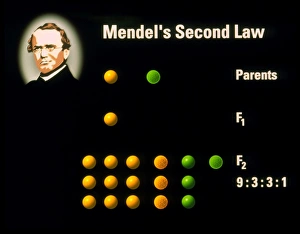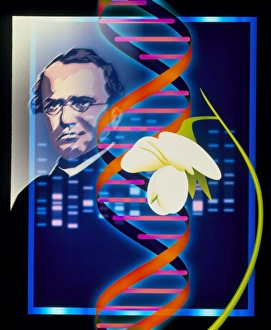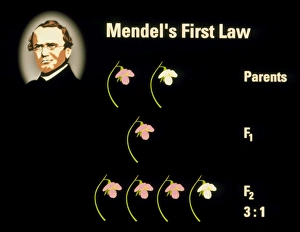Heredity Collection
"Heredity: Unraveling the Genetic Code" Gregor Mendel, an Austrian botanist
All Professionally Made to Order for Quick Shipping
"Heredity: Unraveling the Genetic Code" Gregor Mendel, an Austrian botanist, laid the foundation for our understanding through his groundbreaking experiments with pea plants. His meticulous observations and crossbreeding techniques revealed patterns in inheritance that paved the way for modern genetics. Mendel's peas became a symbol as he discovered dominant and recessive traits passed down from one generation to another. He unraveled the mystery behind these traits by introducing concepts like chromosomes and genetic sequences, which are encoded within DNA - Deoxyribonucleic acid. The discovery of DNA revolutionized our understanding of heredity. Its double helix structure, beautifully captured by a tunnelling microscope, holds the blueprint for life itself. Every living organism carries its own unique set of DNA instructions that determine their inherited characteristics. Sir Francis Galton further expanded on Mendel's work in the late 19th century by studying human heredity. Through genealogical trees and extensive research, he explored how traits pass through generations within families – much like John Kendal's portrayal of "Some Clerical Types" showcasing inherited physical features among individuals. Heredity is not limited to visible attributes; it also encompasses mitochondrial DNA – genetic material passed exclusively from mothers to their offspring. This tiny powerhouse plays a crucial role in energy production within cells and has its own distinct genetic sequence. As we delve deeper into understanding heredity, we realize that it shapes not only our physical appearance but also influences susceptibility to diseases and even behavioral tendencies. The intricate interplay between nature (our genes) and nurture (our environment) continues to fascinate scientists worldwide. In this captivating journey exploring hereditary mysteries, let us remember Gregor Johann Mendel's portrait as a tribute to his pioneering contributions towards unraveling life's most fundamental code – Heredity.

